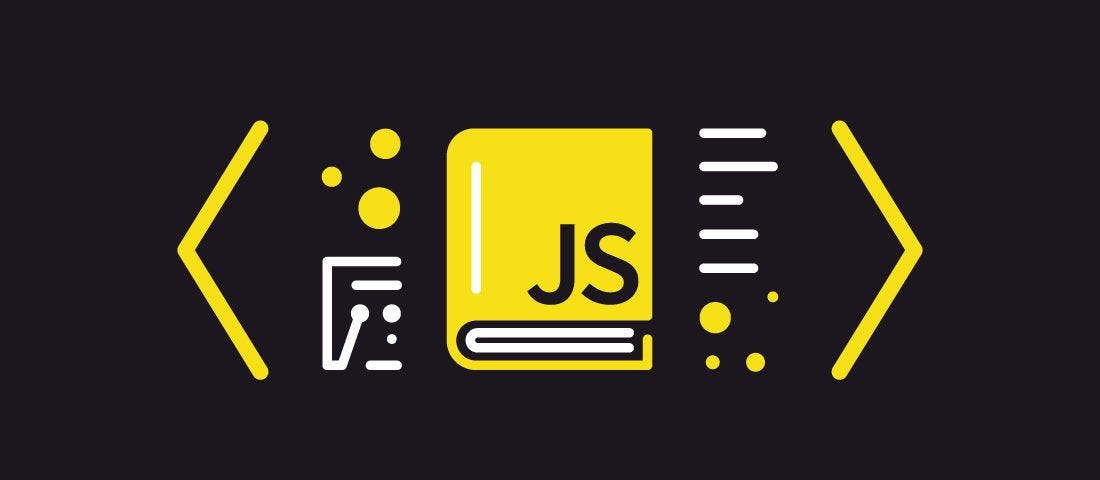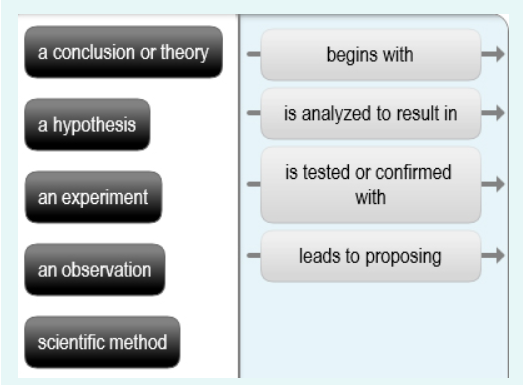Collectively, these positions will define what we refer to as a research paradigm (see Figure 4.1: Methods Map). For us, a comprehensive articulation of a research design draws together five layers. In user-centered design, empathy maps are best used from the very beginning of the design process. Both the process of making an empathy map and the finished artifact have important benefits for the organization: Capture who a user or persona is. The empathy-mapping process helps distill and categorize your knowledge of the user into one place. A process map visualizes the entire process that led to the bottleneck, making it a lot easier to spot what, exactly, went wrong. Risk Management & Compliance As well as identifying areas that are causing inefficiencies, Business Process Mapping is a great tool for spotting potential risks caused by processes that leave the company open to.
Definition
Overloads
| Map(IApplicationBuilder, PathString, Action<IApplicationBuilder>) | Branches the request pipeline based on matches of the given request path. If the request path starts withthe given path, the branch is executed. |
| Map(IApplicationBuilder, PathString, Boolean, Action<IApplicationBuilder>) | Branches the request pipeline based on matches of the given request path. If the request path starts withthe given path, the branch is executed. |
Map(IApplicationBuilder, PathString, Action<IApplicationBuilder>)
Branches the request pipeline based on matches of the given request path. If the request path starts withthe given path, the branch is executed.
Parameters

- app
- IApplicationBuilder
The IApplicationBuilder instance.
- configuration
- Action<IApplicationBuilder>
The branch to take for positive path matches.
Returns
- IApplicationBuilder
The IApplicationBuilder instance.
Crossfit Level Method Map

Map(IApplicationBuilder, PathString, Boolean, Action<IApplicationBuilder>)
Branches the request pipeline based on matches of the given request path. If the request path starts withthe given path, the branch is executed.
Parameters
- app
- IApplicationBuilder
The IApplicationBuilder instance.
- preserveMatchedPathSegment
- Boolean
if false, matched path would be removed from Request.Path and added to Request.PathBase.
- configuration
- Action<IApplicationBuilder>
The branch to take for positive path matches.
Returns
- IApplicationBuilder
The IApplicationBuilder instance.
Back to: ASP.NET Core Web API Tutorials
Map Extension Method in ASP.NET Core Application
In this article, I am going to discuss how to work with the Map Extension Method in ASP.NET Core HTTP Request Processing Pipeline. Please read our previous article where we discussed how to work with the Run, Next, and Use Extension methods in ASP.NET Core Application. We are also going to work with the same application that we created in our previous article.
Map Extension Method in ASP.NET Core
If you want to insert some specific middleware logic for some specific URL, then you can do the same using the Map Extension Method in any type of ASP.NET Core Application. Before using the Map Method, let us first have a look at the definition of this method which is shown in the below image. There are two overloaded versions available for this method in ASP.NET Core.

The Map method Branches the request pipeline based on matches of the given request path. If the request path starts with the given path, the branch is executed else the Middleware simply ignored. The Map Method takes the following Parameters:
Returns: The Microsoft.AspNetCore.Builder.IApplicationBuilder instance.
Example to Understand the Map Extension Method in ASP.NET Core:

Let us understand the Map Extension Method with Examples. First, add the following method in the Startup class. This is the custom logic that we want to execute for a specific URL.
Now, we need to register the Middleware component using the Map Extension method. As you can see here, we have provided the path as “/testmap” and also provided the second parameter as MapCustomMiddleware method that we just created.
app.Map(“/testmap”, MapCustomMiddleware);

Method Mopping Solution
With this when the request comes, if it contains /testmap as part of the URL, then only this Middleware component going to be executed else simply is ignored.
Complete code of Startup class:
The following is the complete code of the Startup class.
Now, save the changes and run the application. First, check without the custom path as shown in the below image.
As you can see in the above image, the Middleware which is configured using the Map Extension method will not be executed. This is because the incoming request URL does not include the path /testmap as part of the URL. Now, modify the URL to include /testmap as part of the URL and see the response as shown in the below image.
Now, you can see in the above, first, the first middleware executed and then the second middleware executed which is specifically designed for this request.
In the next article, I am going to discuss How to Create, Register, and Use Custom Middleware Component in ASP.NET Core Application. Here, in this article, I try to explain the Map Extension Method in ASP.NET Core Application with Examples and I hope you enjoy this Map Extension Method in the ASP.NET Core article.

Comments are closed.